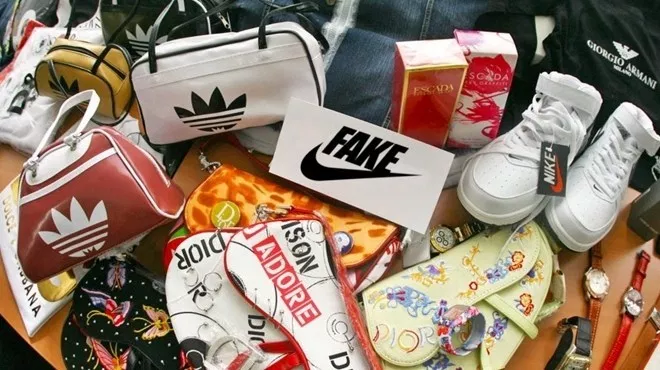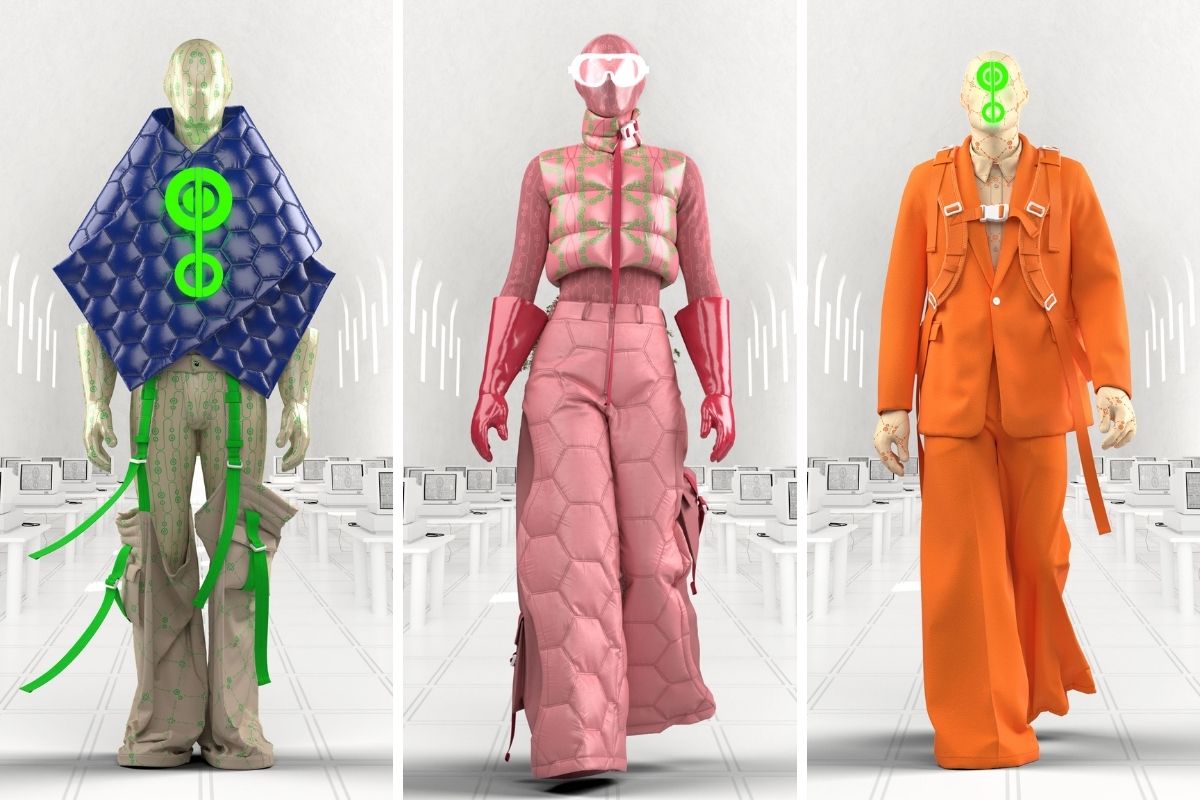Fast fashion has taken over the clothing industry, offering trendy, inexpensive styles that change almost weekly. Brands like Shein, Zara, H&M, and Forever 21 dominate the market by providing affordable runway-inspired looks at a fraction of the cost. But behind the low prices and constant new arrivals lies a darker reality that fashion brands don’t want consumers to see.
Fast fashion’s victims include exploited workers, the environment, and even consumers themselves. The industry thrives on unethical labor practices, environmental destruction, and psychological manipulation, all to keep profits soaring.
The Human Cost: Sweatshops and Exploited Workers
The biggest victims of fast fashion are the workers who make the clothes. To keep costs low, brands outsource production to factories in developing countries like Bangladesh, India, Vietnam, and China, where wages and regulations are weak.
Extremely low wages: Many garment workers earn just a few dollars a day—far below a living wage. In Bangladesh, for example, some factory workers earn as little as $3 per day while producing clothes sold for hundreds of dollars.
Unsafe working conditions: Factory workers endure long hours, cramped spaces, and hazardous situations. One of the worst tragedies in the fashion industry occurred in 2013, when the Rana Plaza factory in Bangladesh collapsed, killing over 1,100 workers. The building had visible cracks, yet employees were forced to continue working.
Child labor and forced labor: Reports have uncovered child labor in fast fashion supply chains, particularly in textile production. Some workers, including migrants, are trapped in conditions similar to modern slavery, unable to leave due to debt or threats from employers.
Despite brand promises to improve factory conditions, many still rely on hidden subcontractors to continue these abuses.
Environmental Devastation: The Hidden Pollution of Fast Fashion
Fast fashion is also one of the most polluting industries in the world, responsible for massive environmental damage:
Toxic waste and water pollution: The dyeing and processing of fabrics release dangerous chemicals into rivers, poisoning water sources in countries like India and Indonesia. The fashion industry contributes to 20% of global wastewater pollution.
Textile waste crisis: Because clothes are made cheaply, they don’t last long. Consumers throw away millions of tons of clothing every year, much of it ending up in landfills or being burned, releasing harmful toxins into the air.
Excessive carbon footprint: The fast fashion industry is responsible for 10% of global carbon emissions, more than the aviation and shipping industries combined. From synthetic fabrics like polyester (made from petroleum) to energy-intensive production processes, fast fashion is a major contributor to climate change.
Consumers: The Psychological Toll of Fast Fashion
Brands use clever marketing tactics to keep consumers addicted to shopping. They create a sense of urgency through:
Limited-time collections
Flash sales
Constantly changing trends
This fuels a cycle of overconsumption, leading to financial strain, dissatisfaction, and anxiety as people try to keep up with the latest styles.
What Can Be Done?
Consumers have more power than they think. To fight back against fast fashion’s dark side:
Support ethical brands that prioritize fair wages and sustainable production.
Buy second-hand from thrift stores or online platforms like Depop and Poshmark.
Invest in quality, not quantity—choose timeless, well-made pieces that last.
Hold brands accountable by demanding transparency in their supply chains.
Conclusion
Fast fashion’s victims remain hidden behind glossy advertising and low price tags. However, as awareness grows, more consumers are choosing ethical, sustainable alternatives. The industry won’t change overnight, but every conscious choice helps shift fashion toward a more just and responsible future.



